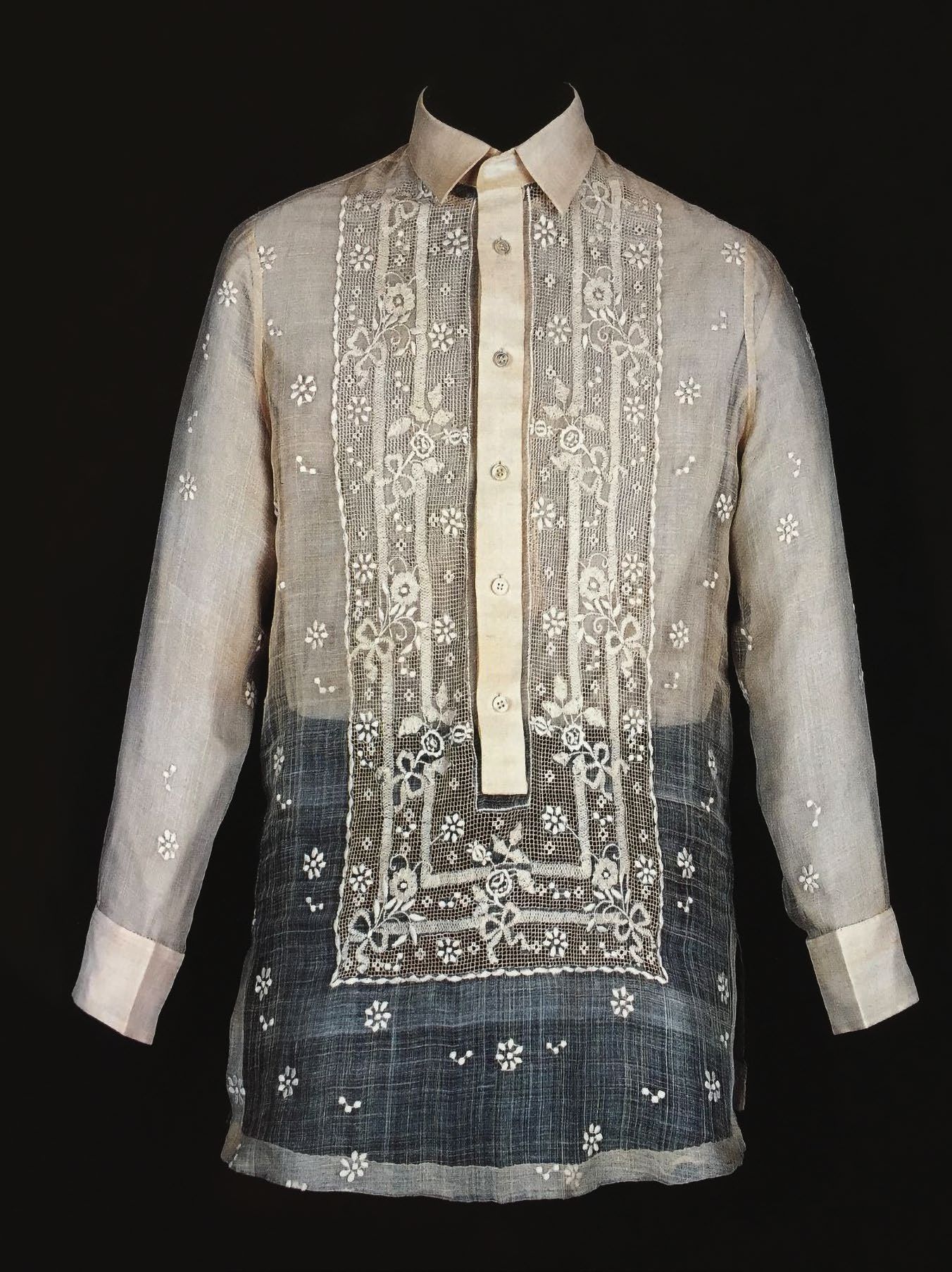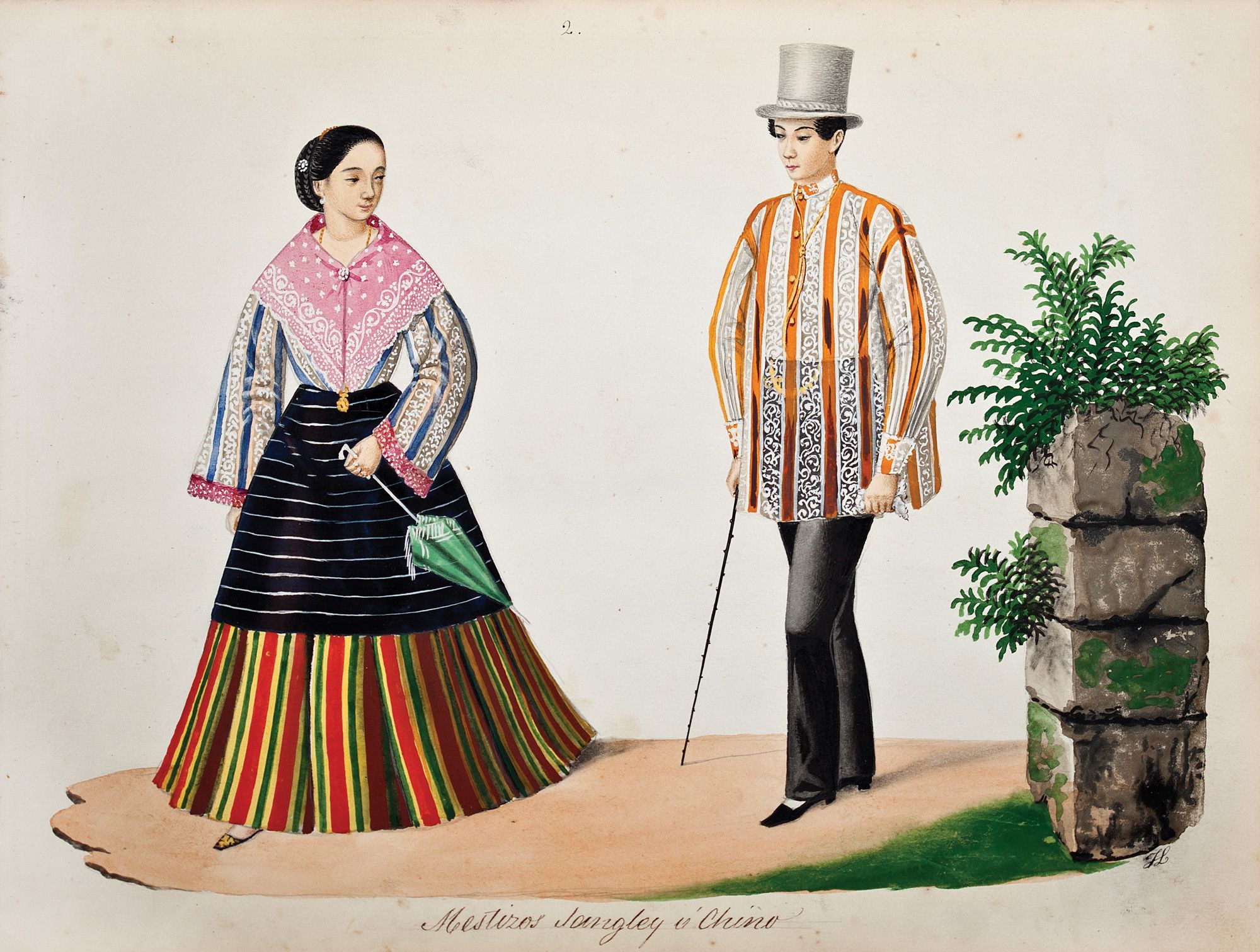Some Known Details About Barong Tagalog Stores
Table of ContentsThe Basic Principles Of Barong Tagalog Stores The Buzz on Where To Buy Barong Tagalog Near MeBarong Tagalog Things To Know Before You Buy

It includes the enclitic suffix -ng which suggests that it is changed by or customizes the following word. The root word of barong is the Tagalog word baro, implying "attire" or "clothing". The term is usually not capitalized. "barong tagalog" actually translates to "Tagalog attire", the "tagalog" in the name does not mean that it was a kind of outfit unique to the Tagalog individuals, rather than other Philippine ethnic teams.
Instead, the name was coined to identify the outfit as indigenous (thus "tagalog", i. e. ), as opposed to the styles of outfit of Europeans and also various other international societies.
The term camisa de chino is likewise used for collar-less and cuff-less tee shirts, named after its resemblance to shirts put on by Chinese workers. It is worn with belted trousers and dress footwear. Headgear, when put on, is either a salakot or a buntal hat (as well as historically likewise stovepipe hats or bowler hats). Barong tagalog can differ significantly in terms of style as well as product made use of, however they share typical attributes of having long sleeves, embroidery, being buttoned (halfway or right down the upper body), as well as the absence of pockets. They are additionally worn freely and also have slits on both sides. Historically, the product utilized for barong tagalog depended on the social class of the user and the procedure of the celebration.
The Best Strategy To Use For Custom Barong Tagalog

The high quality of the material and the ins and out of the needlework were usually signs of the condition and also wide range of the wearer. The needlework of the barong tagalog are typically positioned on a rectangle-shaped section on the front of the breast (recognized as pechera, "shirt front", from Spanish pecho, "breast"), and/or over the whole t-shirt (sabog, from Tagalog for "spread"). More Bonuses.
They can also have various other type of decoration, like alforza (pleats), suksuk (weft floats), and also hand-painted layouts - black barong tagalog. Periodically feminized variations are put on by females, either as an egalitarian or fashion statement; or as a form of power clothing when worn by female political leaders (such as Corazon Aquino during her presidency). Amongst Tagalog males, they were generally coupled with a rectangle of highly enhanced fabric known as the salaual or salawal used knee-length as well as created in the center (like an Indian or Thai More Info as well as Cambodian ); while in females they were combined with a wraparound skirt called the.
However, in the Visayas, apart from comparable baro (which had much shorter sleeves) and salaual mixes, men likewise put on vivid robe-like as well as coat-like variations that might include well listed below the knees (recognized as the marlota and baquero in Spanish, respectively). These were occasionally belted at the midsection. Amongst Tagalogs, red dyes as well as gold trimmings were indicative of belonging to nobility () or the warrior caste () - click to find out more.

Where To Buy Barong Tagalog In Usa for Beginners
The couturier Jose "Pitoy" Moreno has assumed that this transitional style of shirt was the camisa de chino of later centuries, which makes it a precursor to the barong tagalog. Depictions of participants of the upper classes (including locals as well as) in the 18th century showed that they usually used European-style garments. blog here.
These were much longer than the modern-day barong tagalog, getting to down to somewhat over the knees. They were likewise generally candy striped with bold shades like blue, red, or green. They currently showed trademarks of the contemporary barong tagalog, consisting of being made of large nipis product, embroidery, long sleeves, and also a loose silhouette with slits on both sides.
Early instances of barong mahaba usually had high-standing collars or even Elizabethan-style ruffs with slim cravats. Barong mahaba were typically worn with colorful straight-cut pants with red stripes, checkers, or plaid-like patterns (typically made from imported cambaya, rayadillo, and also guingn materials), stovepipe hats (sombrero de copa), and a type of embroidered velvet or natural leather slip-on shoes recognized as corchos. The sheer fabric used by barong mahaba also necessitated the wearing of an underwear, referred to as camisn or camiseta, which was additionally endured its own by commoners. By the 1840s, barong mahaba greatly befalled of fashion. In this duration, it evolved into the modern "traditional" barong tagalog, being much shorter with less extravagant folded collars, while still preserving the sheer fabric as well as various other baro features.